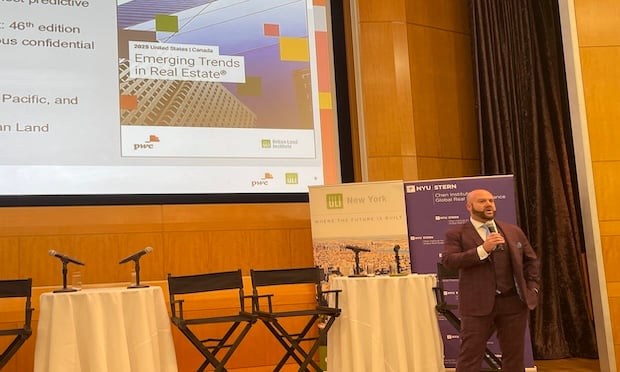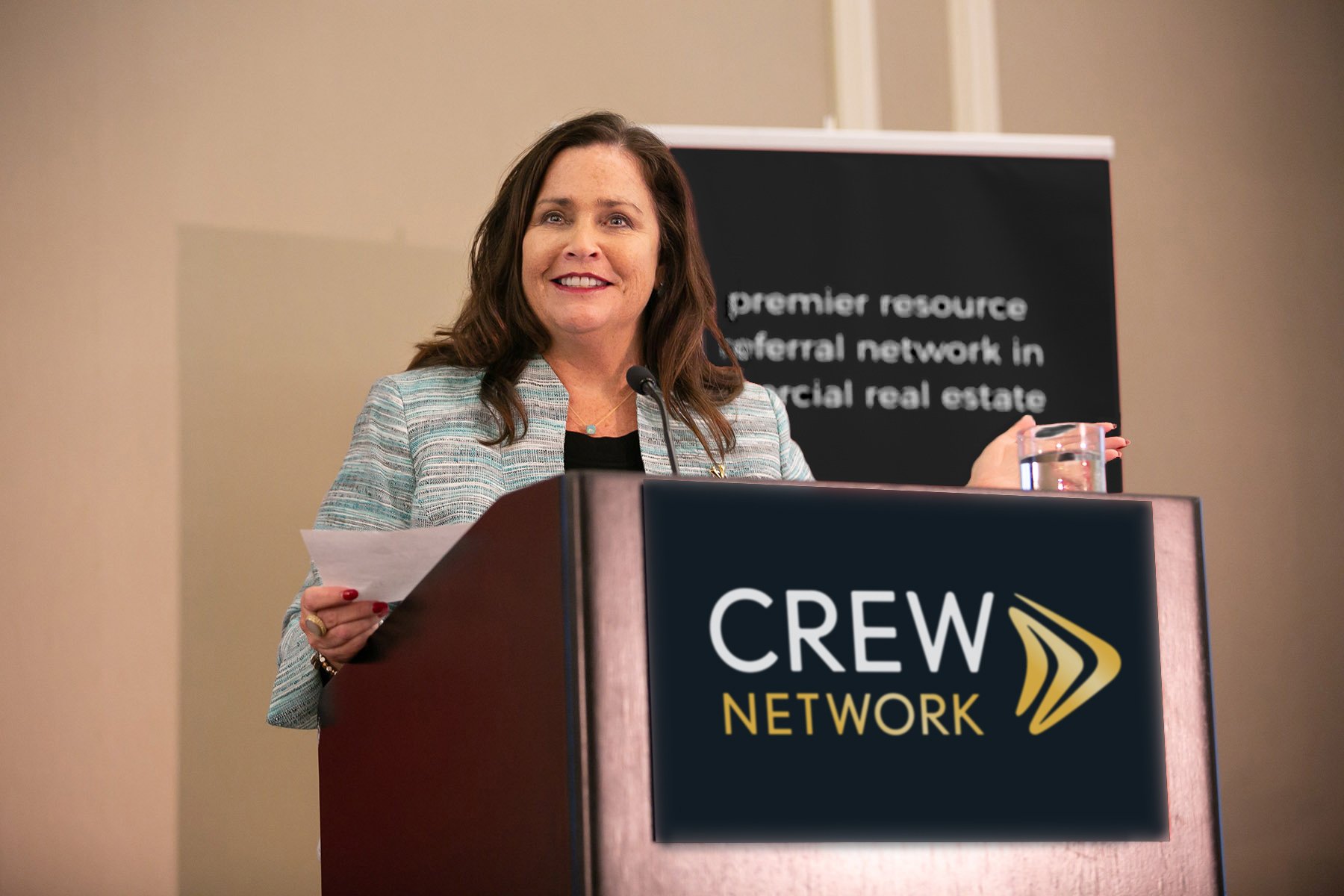NEW YORK CITY—According to newly released research from the New York Building Congress, government and residential construction spending is up but non-residential spending is down. However, numbers don't always tell the whole story, NYBC president Richard Anderson tells GlobeSt.com.
“One project on either side of the time frame we're measuring can skew results so I wouldn't worry about the data,” he says. “If you look at non-residential construction for the five years from 2009 to 2013—versus just 2012 to 2013—the trend is decidedly up.”
As reported in the research, non-residential construction, (which includes office space, institutional development, sports/entertainment venues, and hotels), fell 6.9%—from $9 billion in 2012 to $8.4 billion in 2013. This marks the third consecutive year in which non-residential spending has declined from the prior year.
Overall construction spending in New York City reached $29.3 billion in 2013, a 6% increase from 2012, when total spending reached $27.7 billion, according to a analysis.
Construction employment in New York City reached a five-year high of 120,900 jobs in 2013, a four percent increase from 2012, when construction accounted for 116,000 jobs. Industry employment, however, remains well short of the 132,625 jobs that were produced in 2008.
Government construction spending, which includes investments in mass transit, public schools, roads, bridges, and other essential infrastructure, increased slightly from $13.4 billion in 2012 to $13.7 billion in 2013. In all, government construction accounted for 47 percent of New York City construction spending. Government spending peaked at $16.3 billion in 2008, but has remained in the $13-14 billion range over the past three years.
Meanwhile,residential construction spending reached its highest level in decades in 2013, even after factoring for inflation. Total spending in this sector increased 36% in 2013—from $5.3 billion in 2012 to $7.3 billion last year. A total of 18,095 new residential units were constructed in 2013, a 64% increase from 2012. This is the highest level of apartment production since 2008, when 33,170 units were produced with $5.9 billion in spending.
“The residential sector, which cratered in the immediate aftermath of the recession, continued its remarkable comeback story in 2013,” says Anderson. “In fact, construction spending in the residential sector was greater last year than it was during the height of the building boom—even after factoring for inflation. The one note of caution, however, is that we are producing less new square footage and far fewer new units of housing today than we did between 2005 and 2008, a period that saw more than 30,000 new units created annually.”
In addition, he tells GlobeSt.com, developers appear to be targeting high-end residential units. "It's getting much more expensive per unit. You can see why the Mayor wants affordable housing; none of what's being built is affordable."
While construction activity in 2013 directly resulted in 120,900 construction jobs and $29.3 billion in spending, its overall impact on the New York City economy was far greater.
Each dollar directly spent on construction yielded $1.53 in economic activity in all New York City industries. Consequently, the $29.3 billion in direct construction spending in New York City yielded another $15.7 billion in other business revenue – for a total economic output of $45 billion.
Similarly, last year's construction activity produced 93,400 jobs in addition to the 120,900 direct construction jobs. About 35,100 jobs were created in fields that service the construction industry, such as lawyers, accountants and suppliers.
“The construction industry's importance to the City's economy cannot be overstated,” says Anderson. “Last year alone, it accounted for $45 billion in economic output, more than $23 billion in labor income and created close to $29 billion in value to the overall economy. These statistics deserve serious consideration in the ongoing discussions about development policies and capital budgeting.”
Want to continue reading?
Become a Free ALM Digital Reader.
Once you are an ALM Digital Member, you’ll receive:
- Breaking commercial real estate news and analysis, on-site and via our newsletters and custom alerts
- Educational webcasts, white papers, and ebooks from industry thought leaders
- Critical coverage of the property casualty insurance and financial advisory markets on our other ALM sites, PropertyCasualty360 and ThinkAdvisor
Already have an account? Sign In Now
*May exclude premium content© 2025 ALM Global, LLC, All Rights Reserved. Request academic re-use from www.copyright.com. All other uses, submit a request to [email protected]. For more information visit Asset & Logo Licensing.








